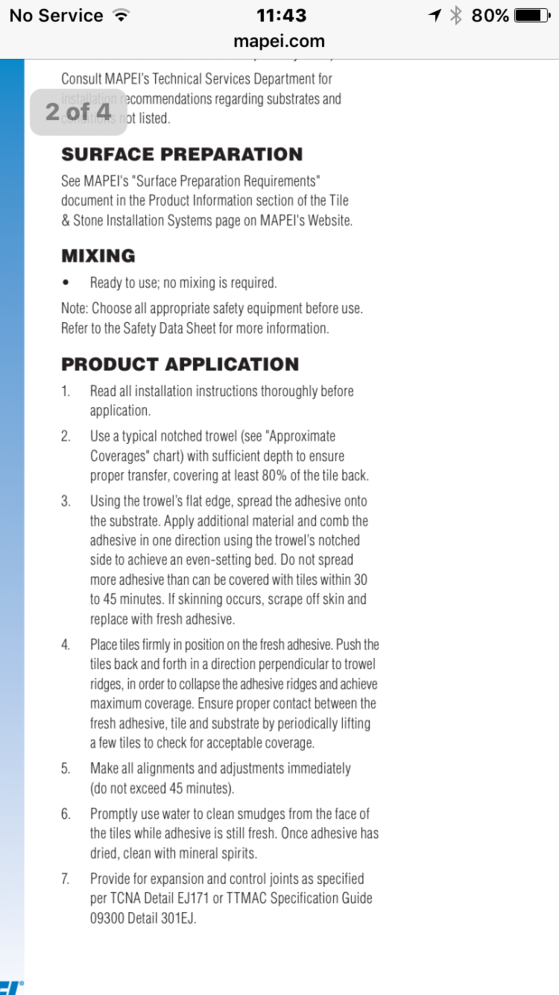S
Ste450
Well in that case, I apologise for snapping the way I did. Priming is standard practice and its not the application that primes the surface providing a key, it's the preparation done beforehand. Come on, it's not hard to get tile adhesive to key, you must know this 😉All I asked was how you key the adhesive to the substrate......and you fly off on one of your little rants..lol
As others have said they would at least skim the substrate first before fixing the tile.....think I shall bow out of this one and leave you to it.....good luck...🙂

